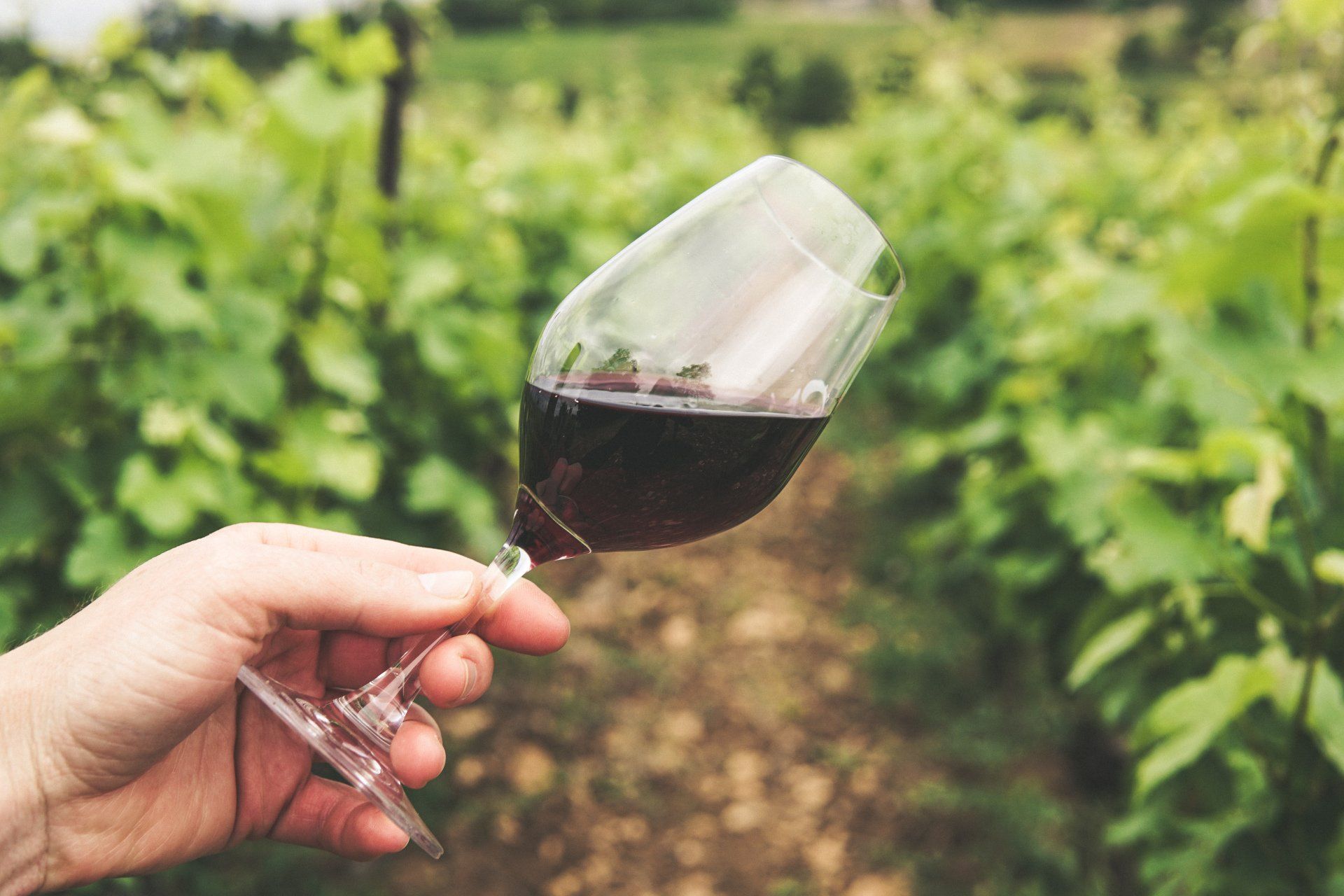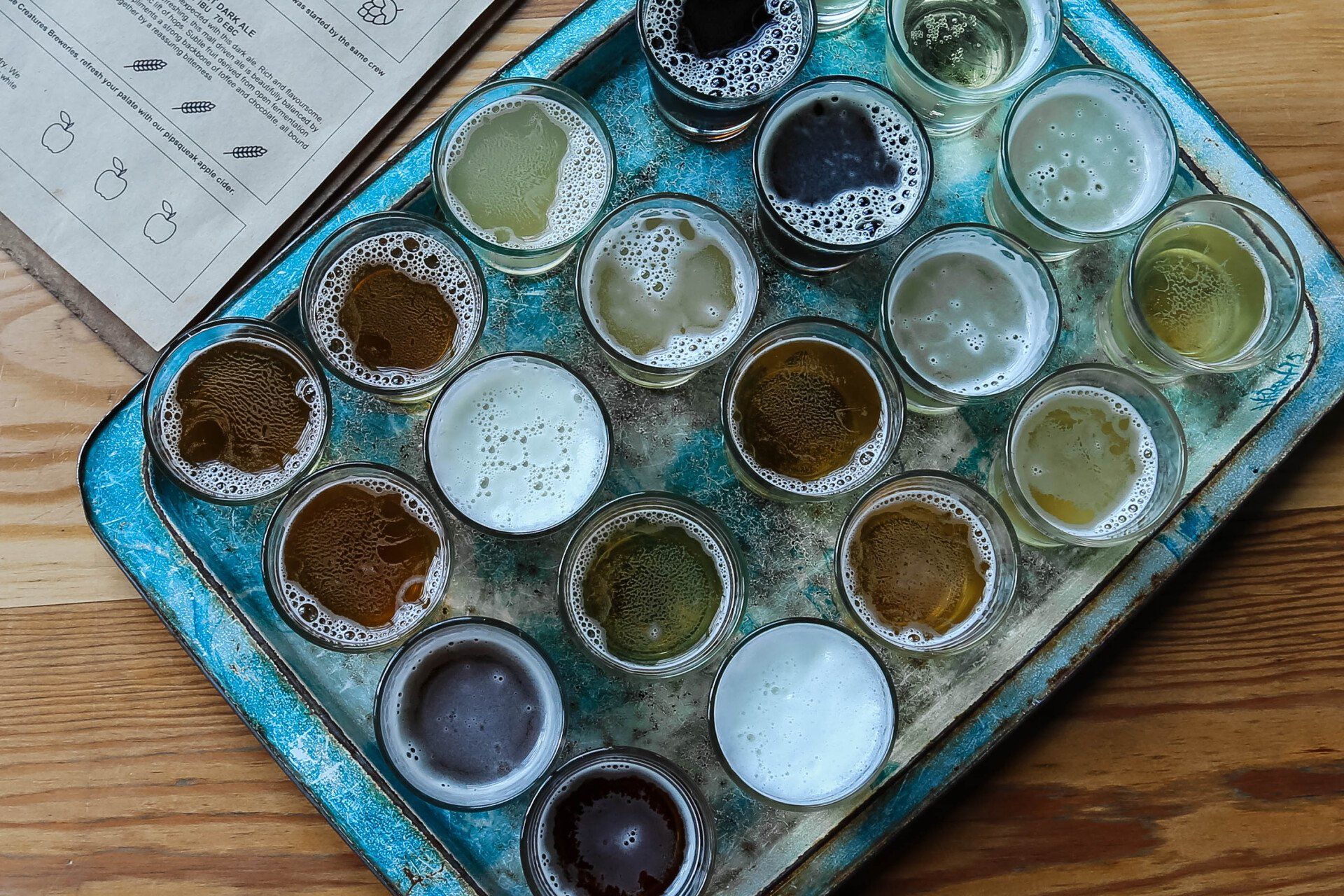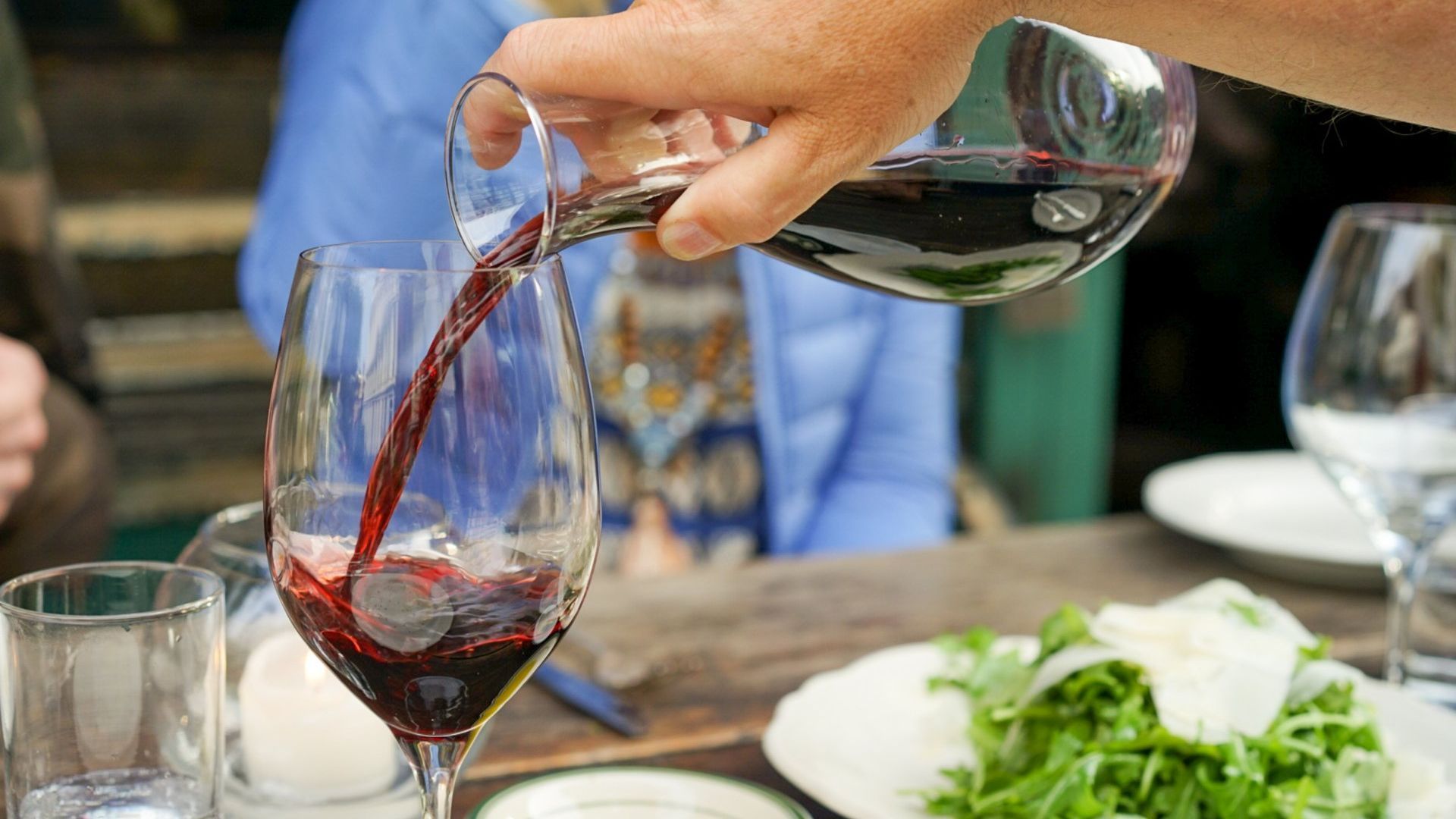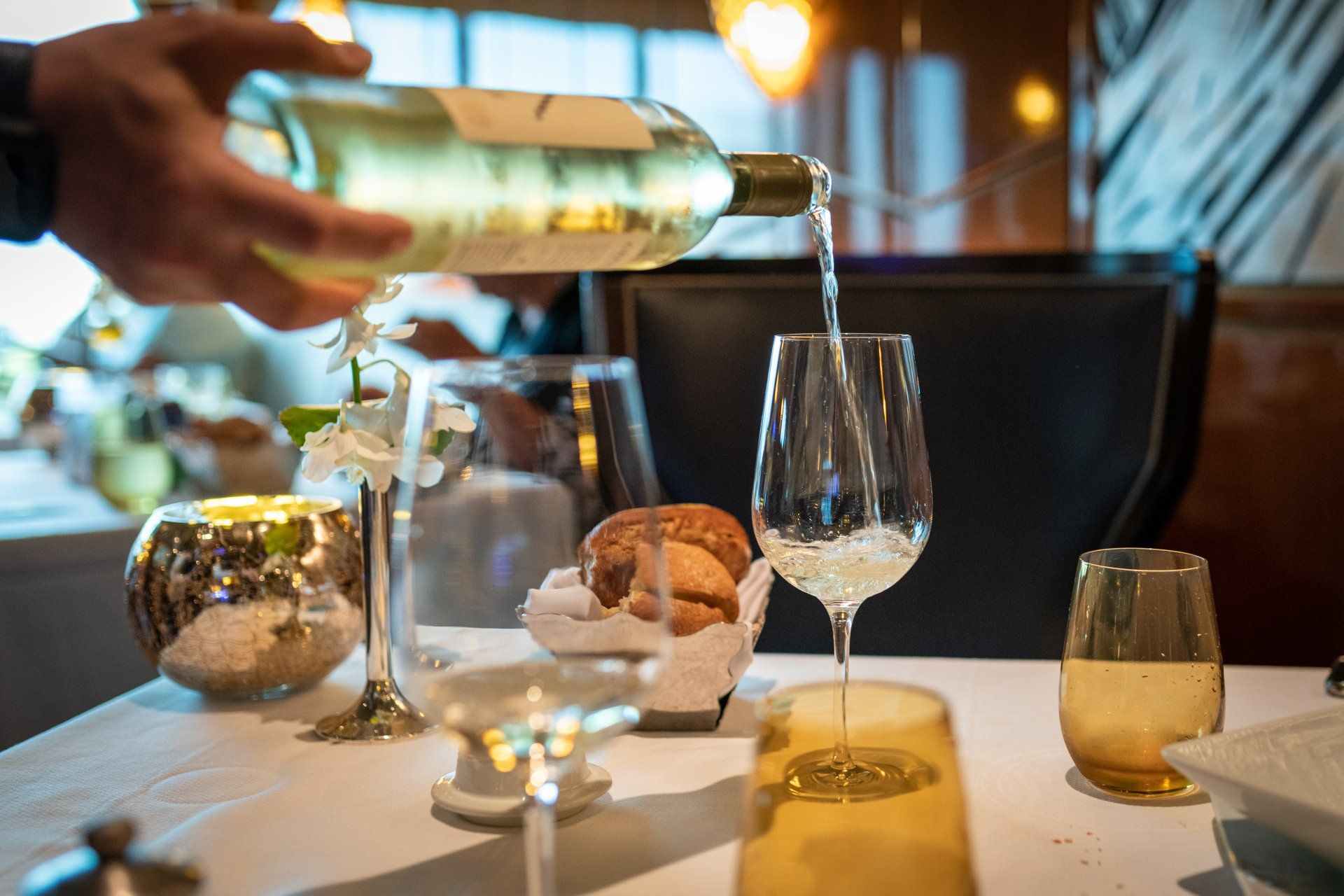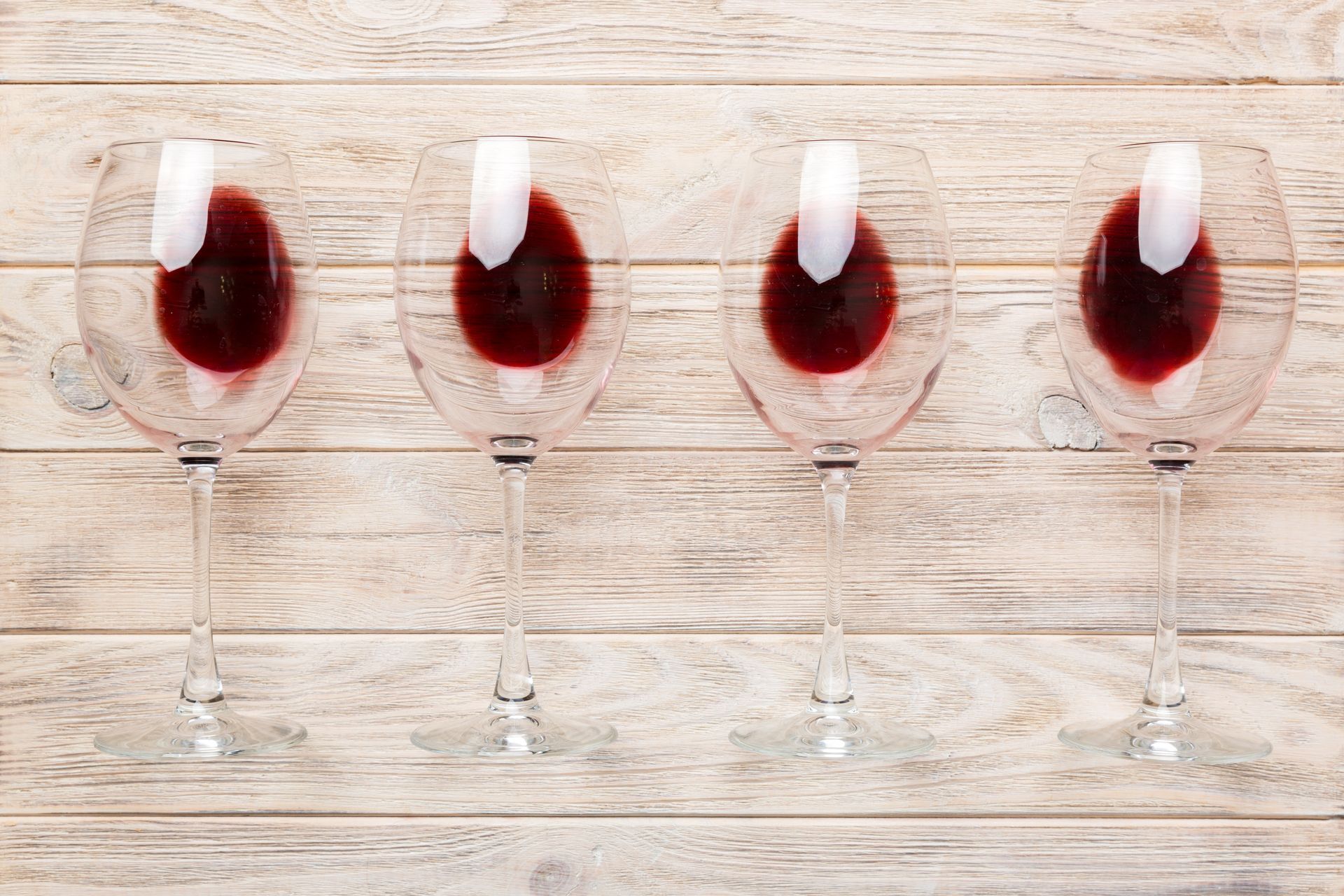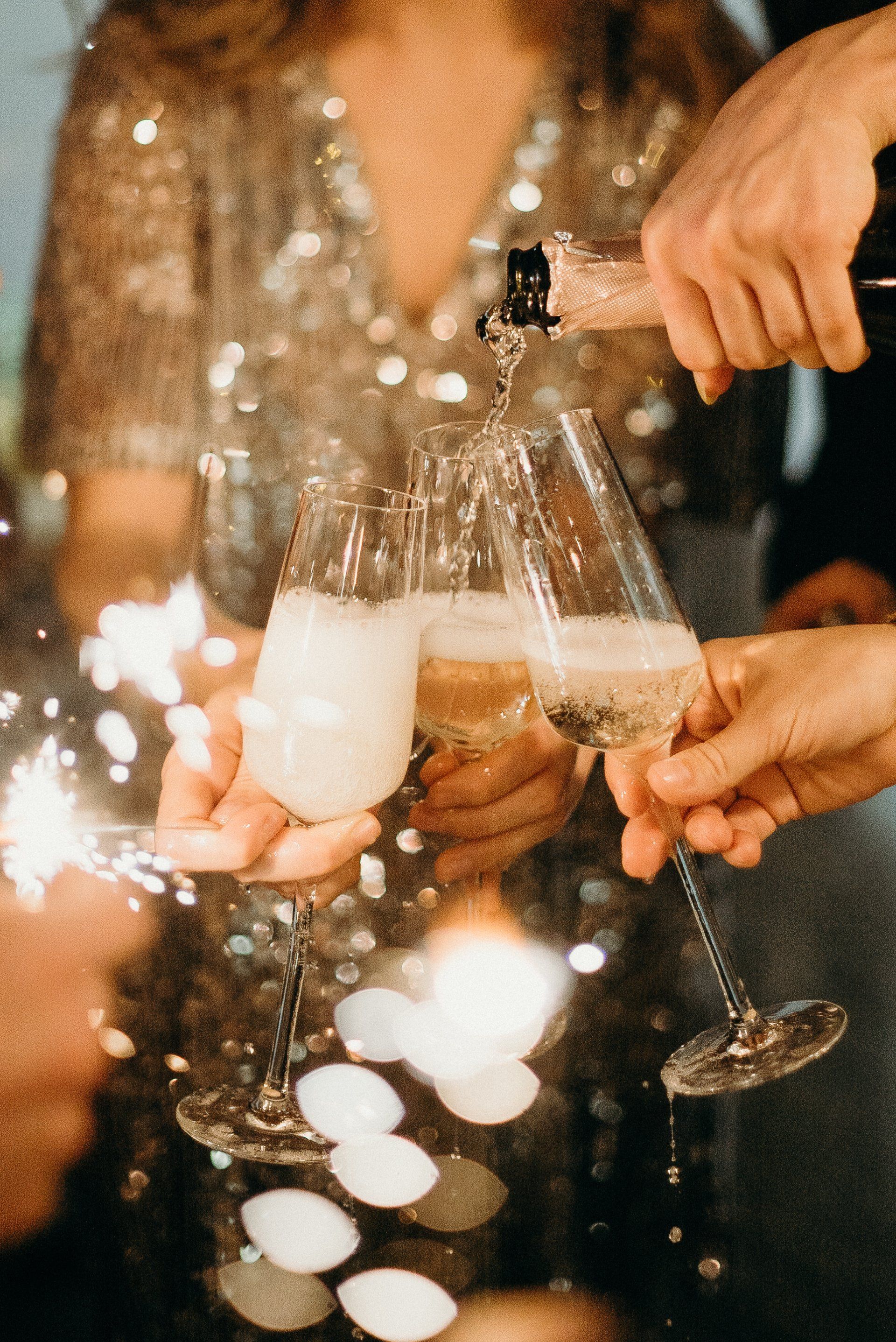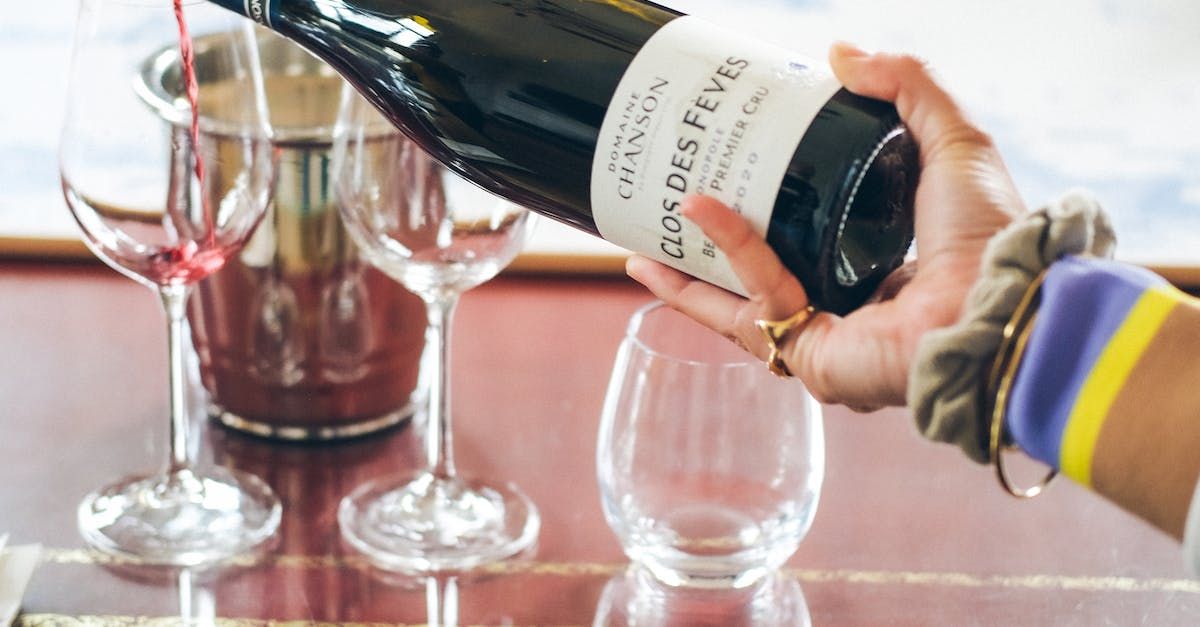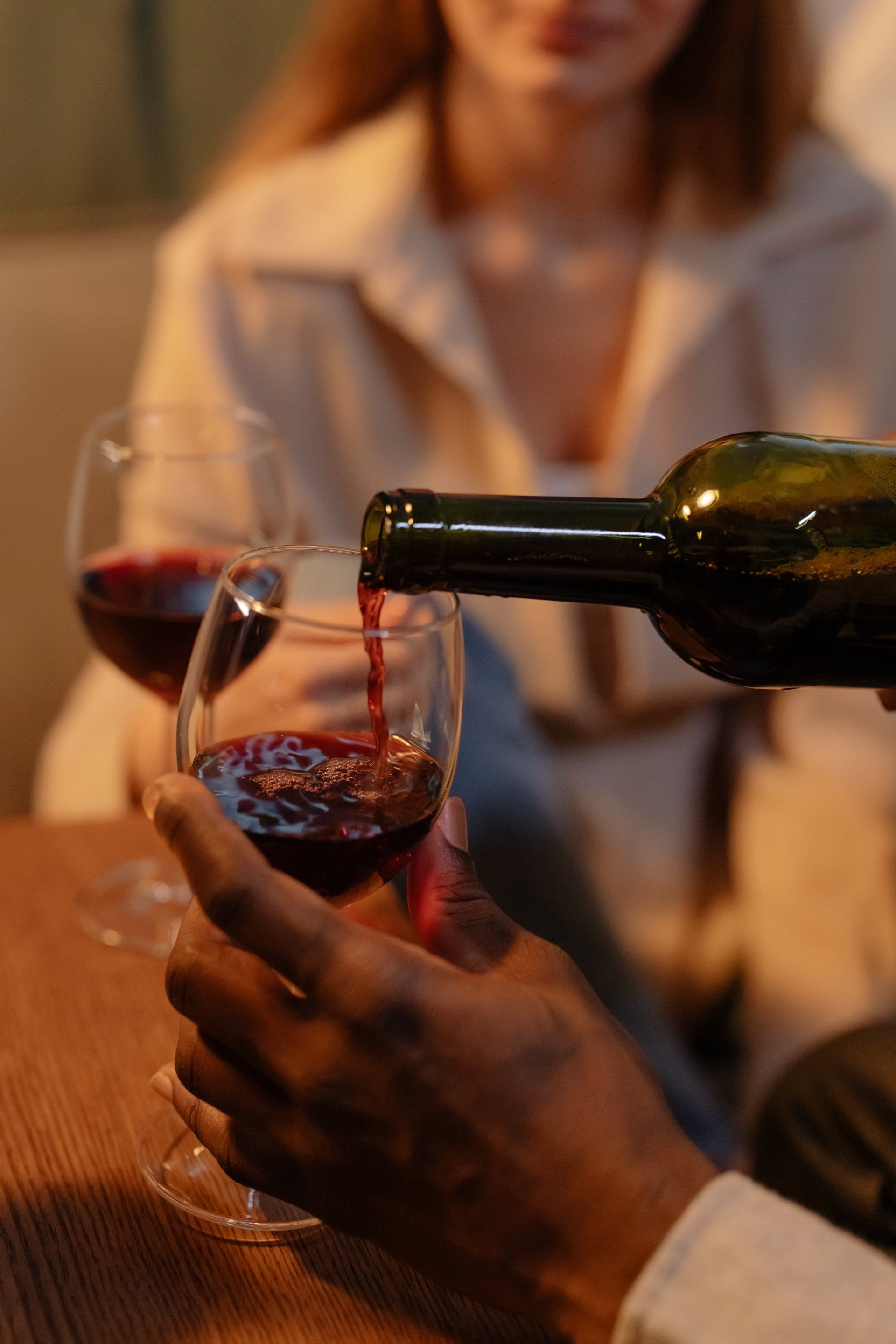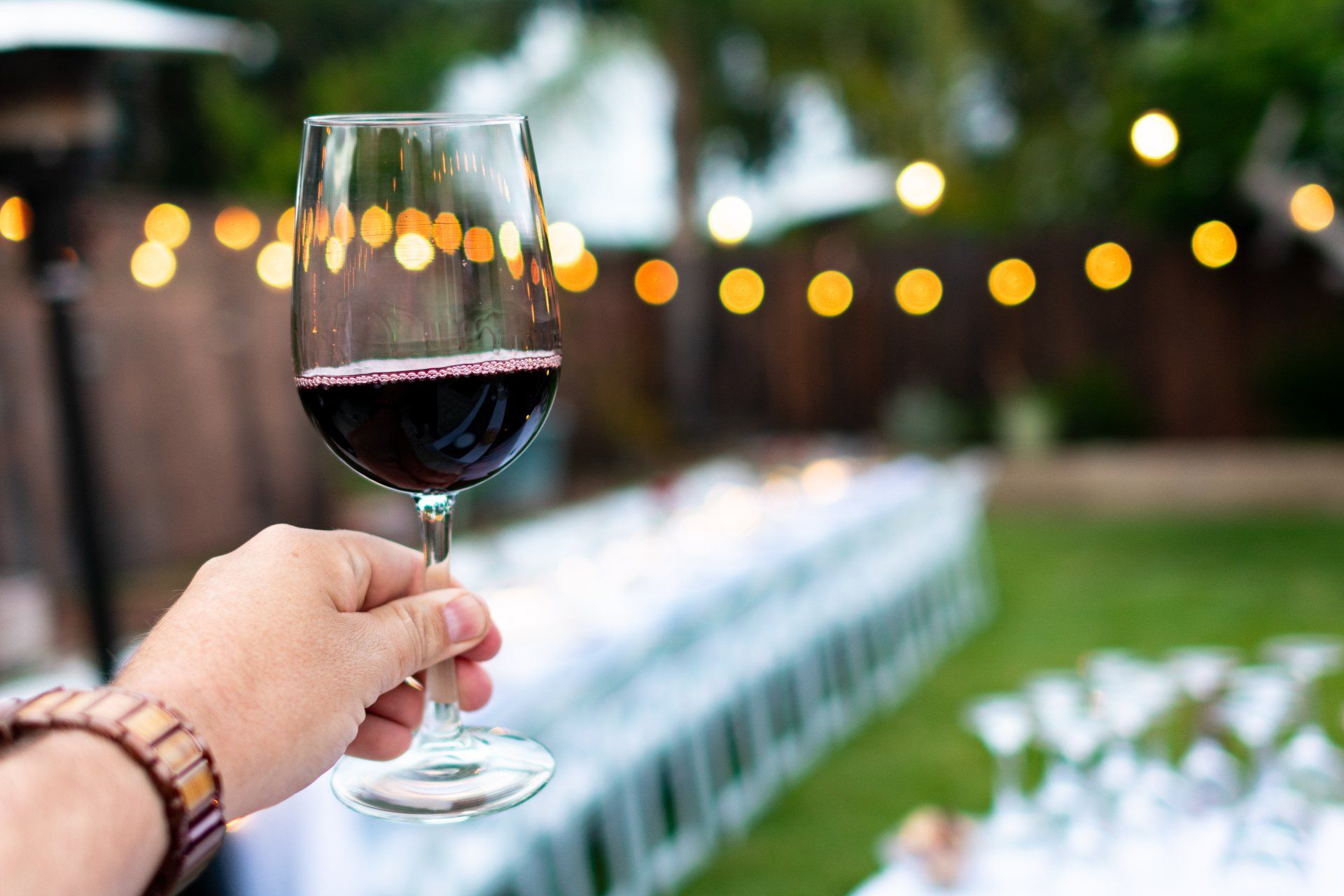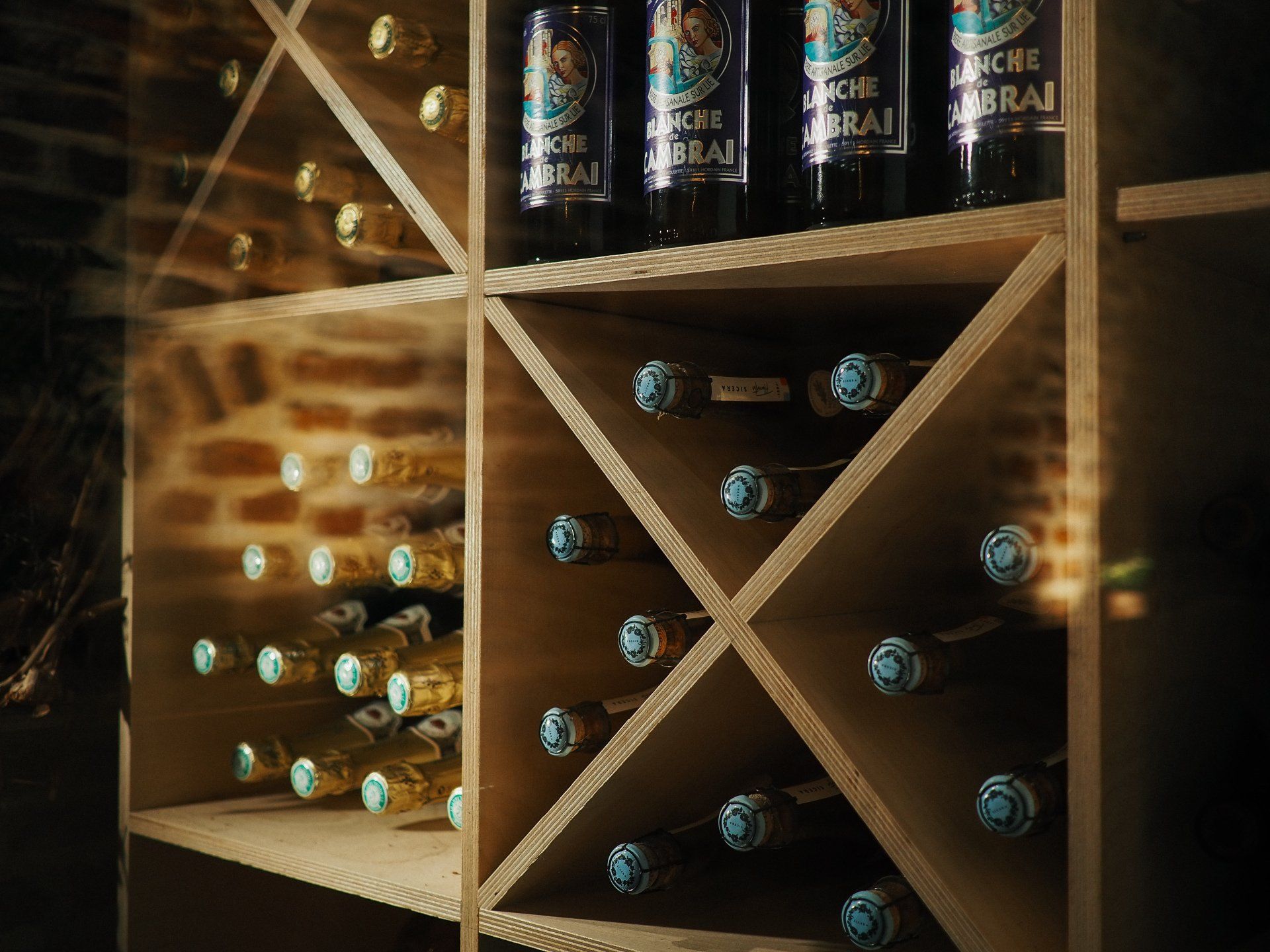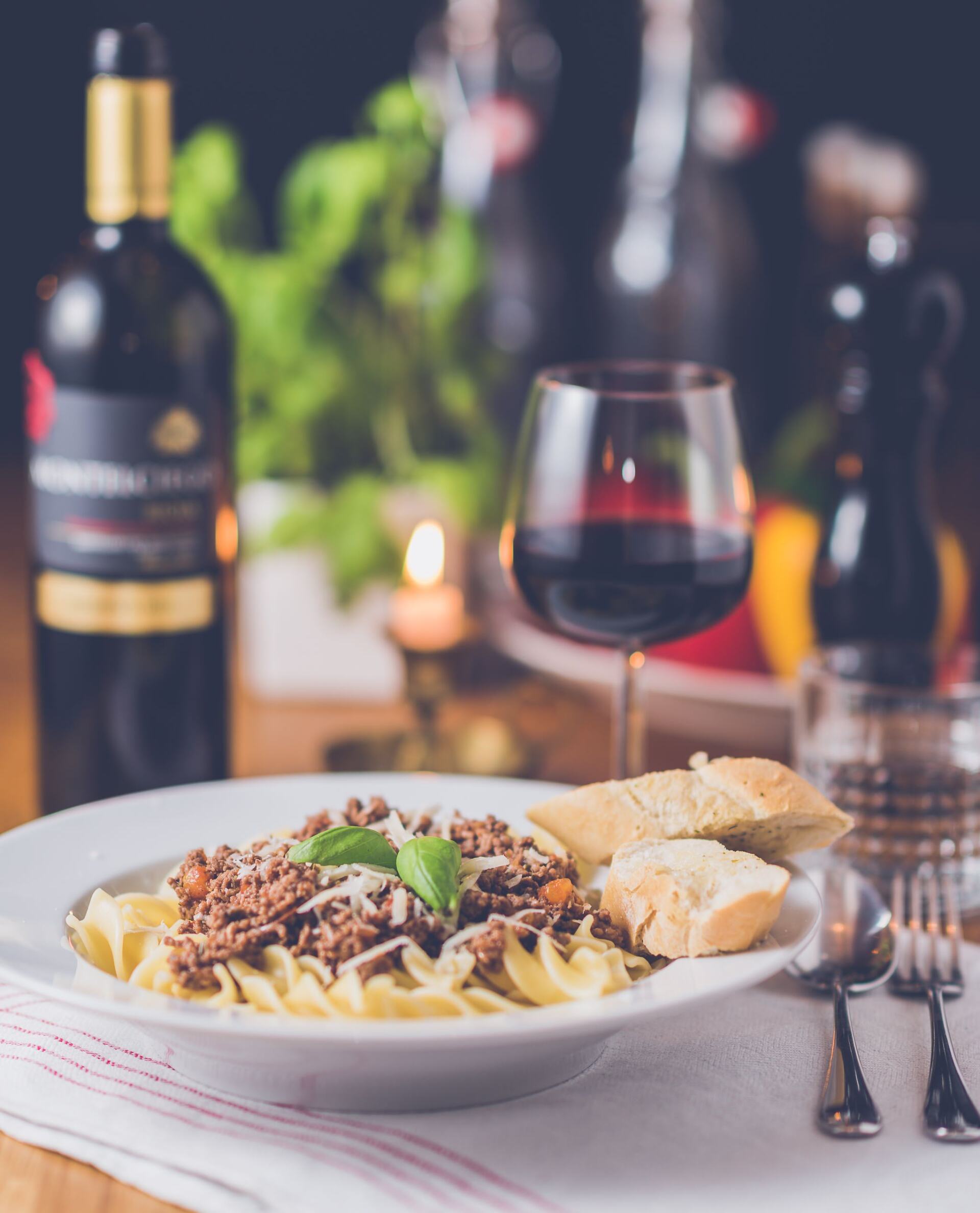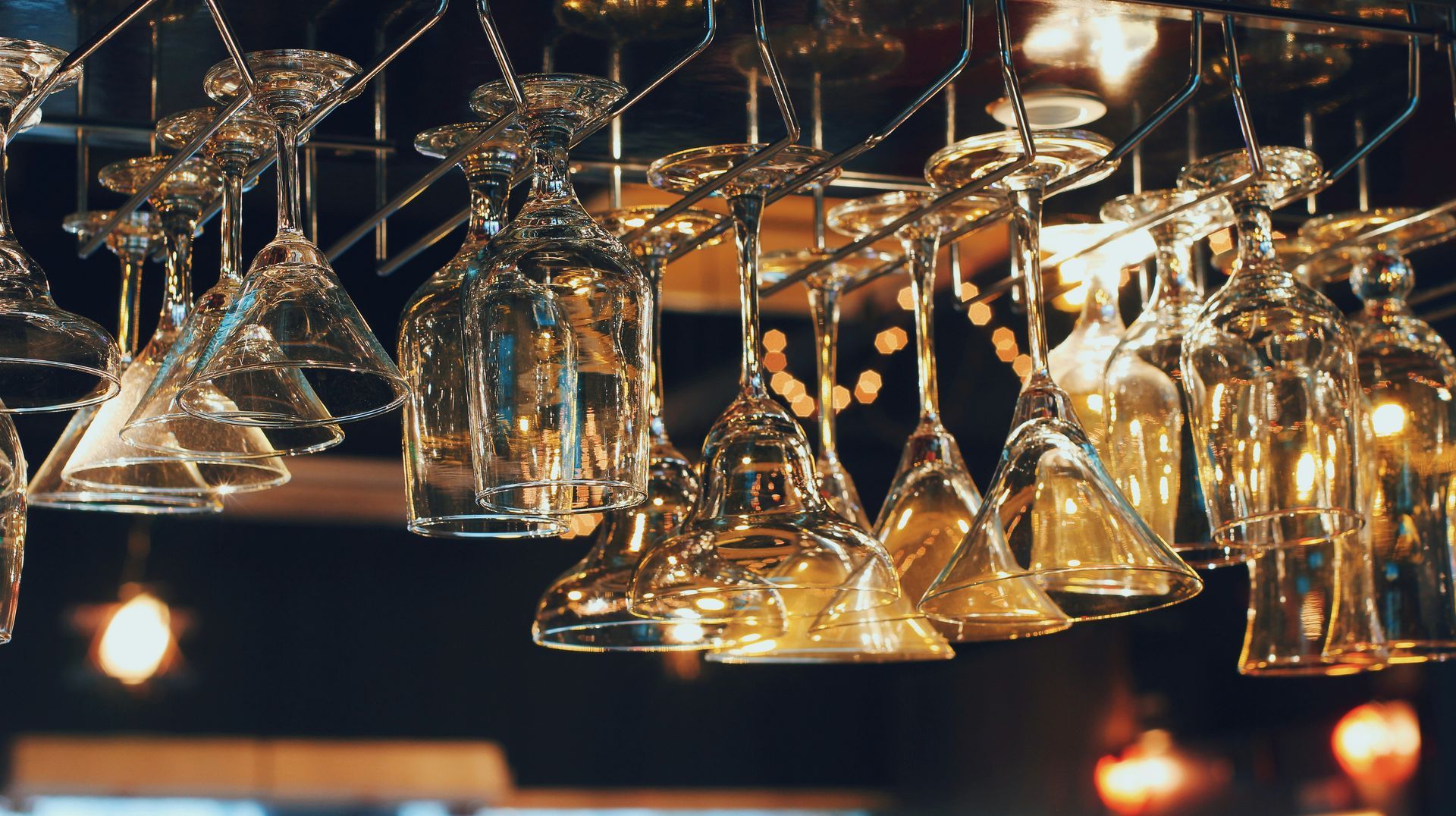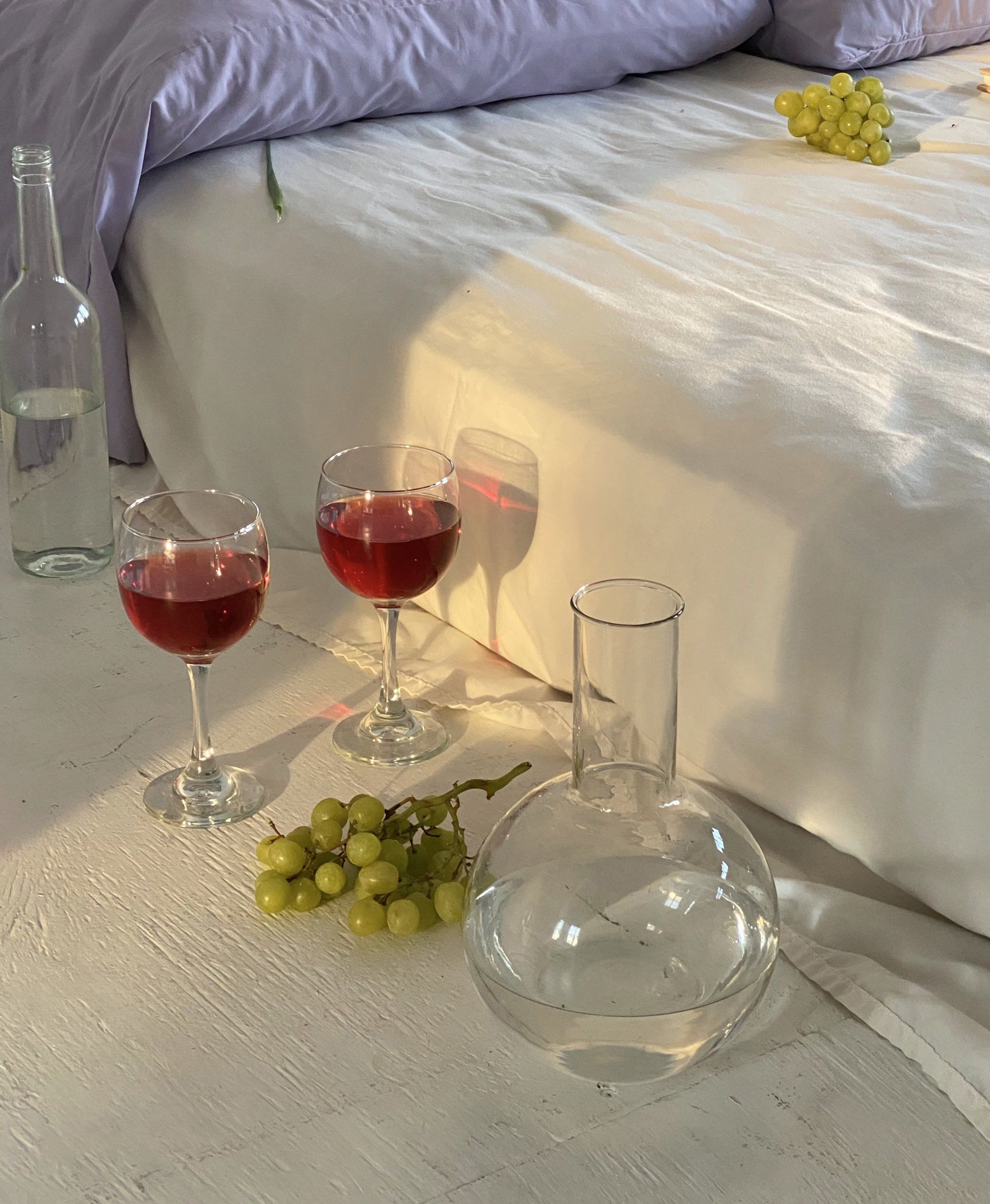Are you ready to embark on an extraordinary journey of the senses? Prepare to be amazed as we unravel the intricate world of wine tasting, where your palate becomes a gateway to a myriad of flavors and aromas. From the first sip to the lingering aftertaste, the experience of wine tasting is a remarkable fusion of science, art, and personal perception. But how can you truly understand and enhance your wine taste? Join us as we unravel the secrets behind the palate's role in wine tasting, explore the different elements that contribute to wine taste, and discover valuable tips and tricks to elevate your wine tasting experience to new heights. Get ready to savor the journey that awaits, where every sip holds the potential to unlock a world of tantalizing sensations.
The Science of Taste and Wine
Understanding the intricate interplay between taste and wine is essential in appreciating the multifaceted flavors that tantalize the palate. To enhance your wine tasting experience and unveil the full potential of your taste buds, it is important to delve into the science behind it all. By understanding how taste works and how it interacts with wine, you can unlock the secrets to making red wine taste even better.
The first step in enhancing wine tasting is to recognize the different components that contribute to the overall flavor profile. The taste of wine is influenced by a combination of factors, including acidity, sweetness, bitterness, and alcohol content. These elements, when balanced harmoniously, create a symphony of flavors that dance on your palate.
To make red wine taste better, it is crucial to pay attention to its temperature. Serving red wine at the right temperature allows the flavors to unfold and be savored to their fullest potential. Red wines are best enjoyed slightly below room temperature, usually between 60-65 degrees Fahrenheit.
Furthermore, the choice of glassware can significantly enhance your wine tasting experience. Opt for a glass with a large bowl and a tapered rim, as it allows the wine to breathe and concentrates the aromas towards your nose, unveiling the true essence of the wine.
Techniques to Enhance Wine Tasting Experience
As you take a sip of wine, your taste buds send signals to your brain, allowing you to discern the wine's characteristics. The combination of taste, aroma, and texture creates a sensory symphony that tells a unique story about the wine's origin, grape variety, and winemaking techniques.
Understanding your palate and its role in wine tasting can enhance your ability to appreciate and evaluate wines. By developing your sensory skills, you can become more adept at identifying the nuances and complexities that make each wine distinct. So, next time you raise your glass, remember to engage your palate and embark on a delightful journey of flavors and sensations.
Exploring the Different Elements of Wine Taste
When exploring the different elements of wine taste, one cannot underestimate the significance of the interplay between acidity and sweetness. These two factors work in harmony to create a balanced and enjoyable drinking experience. Let's delve into the world of wine and uncover the secrets behind its taste.
1. **Acidity**: Acidity is a key component of wine taste. It adds freshness, liveliness, and vibrancy to the overall flavor profile. A wine with high acidity will make your taste buds tingle, leaving a refreshing and crisp sensation on your palate.
2. **Sweetness**: Sweetness in wine comes from the residual sugar present in the grapes. It can range from bone-dry to lusciously sweet. The level of sweetness can greatly affect the perception of acidity, as it can either balance or enhance it.
3. **Tannins**: Tannins are compounds found in grape skins, seeds, and stems. They create a sensation of dryness and astringency in your mouth. Tannins give structure and complexity to red wines, playing a vital role in their taste.
4. **Body**: The body of a wine refers to its weight and texture on the palate. It can be light, medium, or full-bodied. The body is influenced by factors such as alcohol content, grape variety, and winemaking techniques. A wine's body determines its overall richness and mouthfeel.
Exploring these elements of wine taste will deepen your understanding and appreciation of this exquisite beverage. So, go ahead, pour yourself a glass, and embark on a sensory journey through the world of wine. Cheers!
Enhancing Wine Taste: Tips and Tricks
As we continue our exploration of the captivating world of wine taste, let us now uncover some expert tips and tricks to enhance your wine drinking experience. Elevating the enjoyment of wine is an art form that requires a delicate balance of factors, from proper serving techniques to the selection of appropriate glassware.
To begin, serving temperature plays a crucial role in bringing out the best in your wine. Reds should be served slightly below room temperature, while whites and sparkling wines benefit from a cooler temperature. Decanting, the process of pouring wine into a separate vessel to allow it to breathe, can also enhance the aromas and flavors of certain wines, particularly young reds.
When it comes to glassware, choosing the right shape and size can make a remarkable difference. For red wines, opt for glasses with a larger bowl to allow the wine to aerate and release its complex flavors. White wines, on the other hand, are best enjoyed in smaller glasses to preserve their delicate aromas.
Lastly, the art of food pairing can truly elevate your wine drinking experience. Experiment with complementary flavors, such as pairing a rich, full-bodied red with a juicy steak or a crisp, acidic white with fresh seafood. The interplay of flavors between food and wine can create a harmonious symphony on your palate.
Frequently Asked Questions
